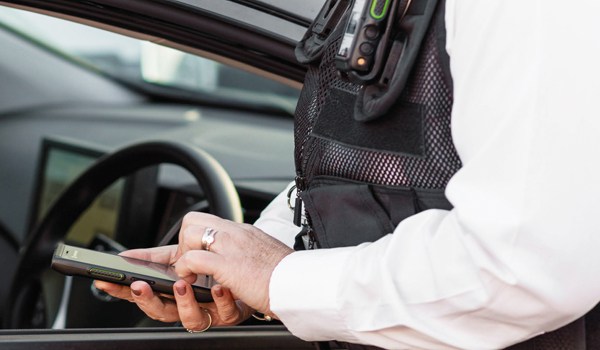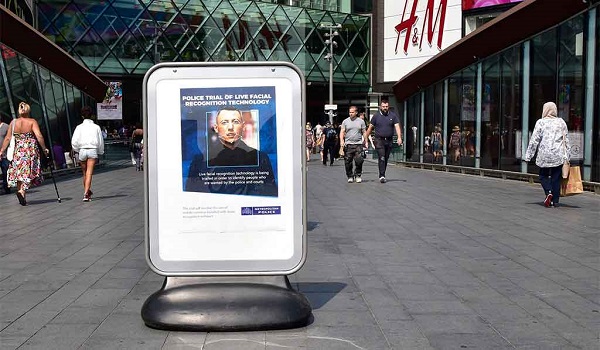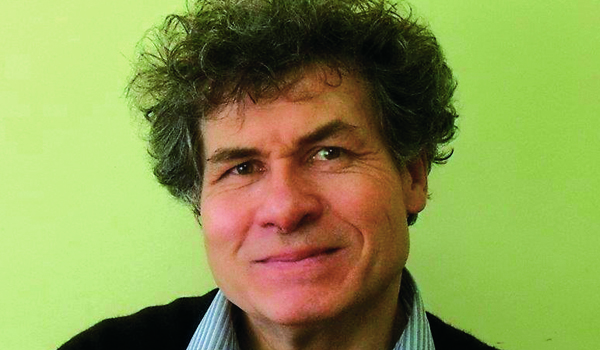Counting the cost of ESN handsets
Handsets for the new Emergency Services Network (ESN) will cost an average of £907 for each police officer according to the first estimates issued by UK forces. Figures examined by Police Market Report indicate a predicted spend ranging from around £650 to just over £1,000 per head.
Handsets for the new Emergency Services Network (ESN) will cost an average of £907 for each police officer according to the first estimates issued by UK forces. Figures examined by Police Market Report indicate a predicted spend ranging from around £650 to just over £1,000 per head.
And John Rowland, editor of the monthly subscriber-only bulletin that specialises in police information and communications technology, says the full bill payable by individual forces rises to a mean figure of £1,071 per officer once force capital expenditure payments for infrastructure are included.
Forces that provided figures cover a range of terrains spread across England and Wales. Mr Rowland said costs predictably spike in remote and rural areas, but there are some surprises one heavily urbanised area expects to pay at least 50 per cent more per capita than average.
Mr Rowland says force budgets will be supplemented by central government payments to support infrastructure adaptations, however, the amount payable is still uncertain and a heavier cost burden is expected to fall on non-Home Office forces, such as British Transport Police.
The handset cost estimates are substantially higher than the £300 to £500 presently paid for Airwave devices.
It is understood early examples of various ESN-compatible handhelds are being examined by the Home Office. Mark Sedwill, Permanent Secretary to the Home Office, told a meeting of the House of Commons Public Accounts Committee (PAC) that the devices were ruggedised and had push to talk buttons, similar to their Airwave counterparts.
He had been called to give evidence at the PAC earlier this month to explain the latest delay to the ESN project, confirming that implementation will slip to June 2018 at the earliest, but said the new timescale is a lot more robust.
The PAC had warned in a report that the ESN may require more testing and assurance work than the current December 2019 delivery date seems to allow for, describing it as an ambitious programme to provide a critical national service, using technology that is still being developed, to a challenging timetable.
Meg Hillier, chair of the PAC, has said the stakes in the programme are extremely high and it is absolutely right that emergency services will not commit to using ESN in potentially life-or-death situations until they are convinced it works.
Mr Rowland said many of the Airwave handsets are wearing out and the delays will stretch this equipment.
The old radio system will continue to run for months longer than earlier thought. It will be interesting to see if users opt for devices that can connect to Airwave and the ESN to hedge their bets, he explained.






